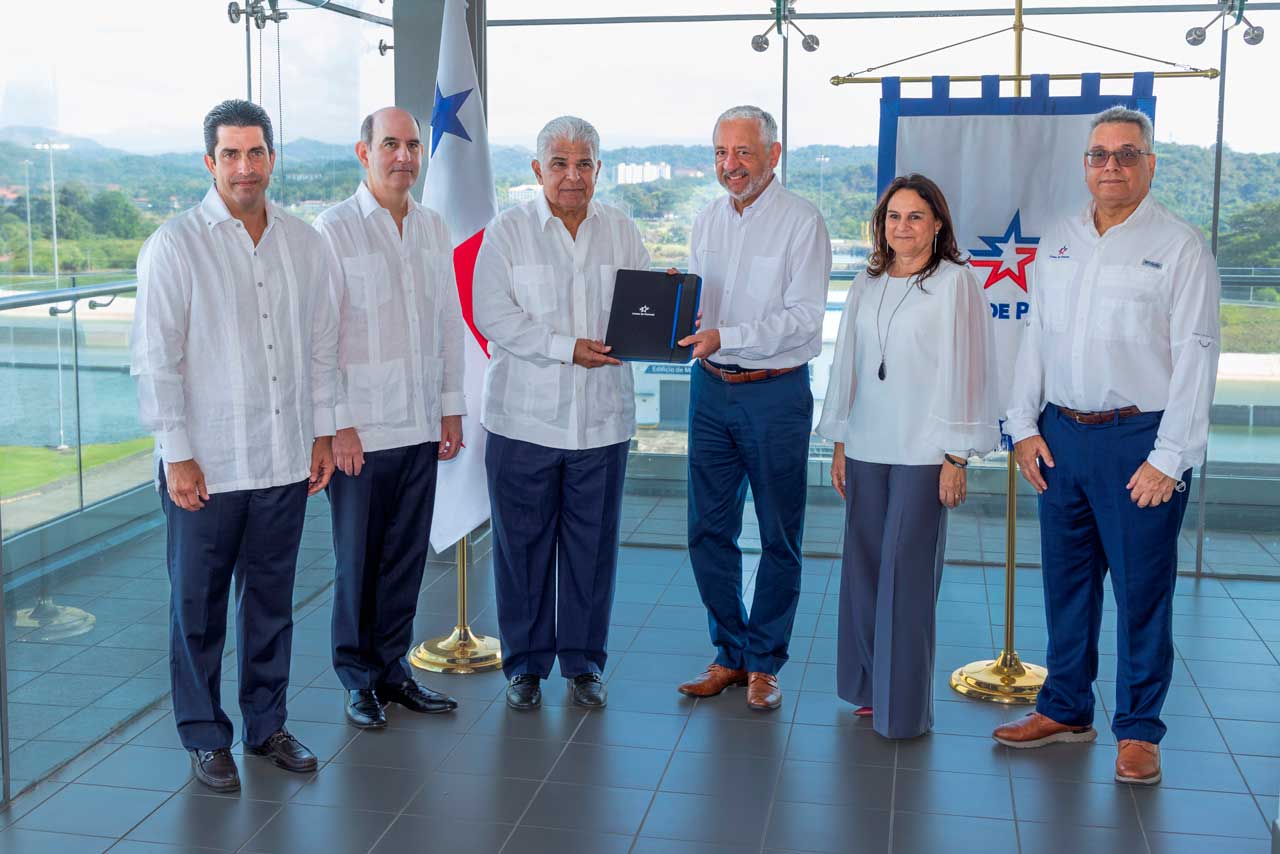- New Toll Structure Reflects Value of the Route and Better Serves Customers
PANAMA CITY, Panama, February 27, 2015 – Building on more than a year of informal consultations with representatives from various industry segments and after a formal announcement issued on January 5, 2015, the Panama Canal Authority (ACP) held today a public hearing on its proposal for a new toll structure.
The new structure will apply to the existing Canal, as well as to the new lane of traffic when the Expansion begins operation in 2016. The new locks will allow shipping lines to transit the Canal with larger ships, providing greater economies of scale. Moreover, the expansion will open new global shipping routes and allow the transit of non-traditional commodities through the waterway, such as Liquefied Natural Gas (LNG).
“The public hearing is a very important step in this process. We want to ensure that the new toll structure is appropriately informed by all interested parties and that once approved, it is reflective of the Canal’s value and our efforts to continually improve its service responsiveness while charging a fair market price,” said ACP Administrator/CEO Jorge L. Quijano.
 Comments made during the hearing, as well as those shared with the ACP in writing, will be analyzed and taken into consideration before submitting a final proposal for approval by the Canal Board of Directors and the Cabinet Council.
Comments made during the hearing, as well as those shared with the ACP in writing, will be analyzed and taken into consideration before submitting a final proposal for approval by the Canal Board of Directors and the Cabinet Council.
Upon final approval, the adjustments – for all market segments, except for the new Intra Maritime Cluster Segment – are scheduled to begin in April of 2016.
The last tolls modification was put into effect in 2012-2013 for dry bulk vessels, tankers, chemical carriers, gas carriers, vehicle carrier/Roll-on/Roll-off, general cargo and other vessel types segments. Container, reefer and passenger tolls have remained unchanged since 2011.
The proposed restructuring calls for each segment to be priced based upon different units of measurement, while aligning with customers’ needs and requests, and modifying pricing for all Canal segments. For instance, containers will be measured and priced on TEUs, dry bulkers will be based on deadweight tonnage capacity and metric tons of cargo, passenger vessels will be based on berths, LNG will be based on cubic meters and tankers will be measured and priced on Panama Canal tons and metric tons.
Please refer to the ACP’s website for details: http://www.pancanal.com/peajes/
About the Panama Canal Authority (ACP)
The ACP is the autonomous agency of the Government of Panama in charge of managing, operating and maintaining the Panama Canal. The operation of the ACP is based on its organic law and the regulations approved by its Board of Directors. Please refer to the ACP’s website: http://www.pancanal.com/ or follow us on Twitter @thepanamacanal.




